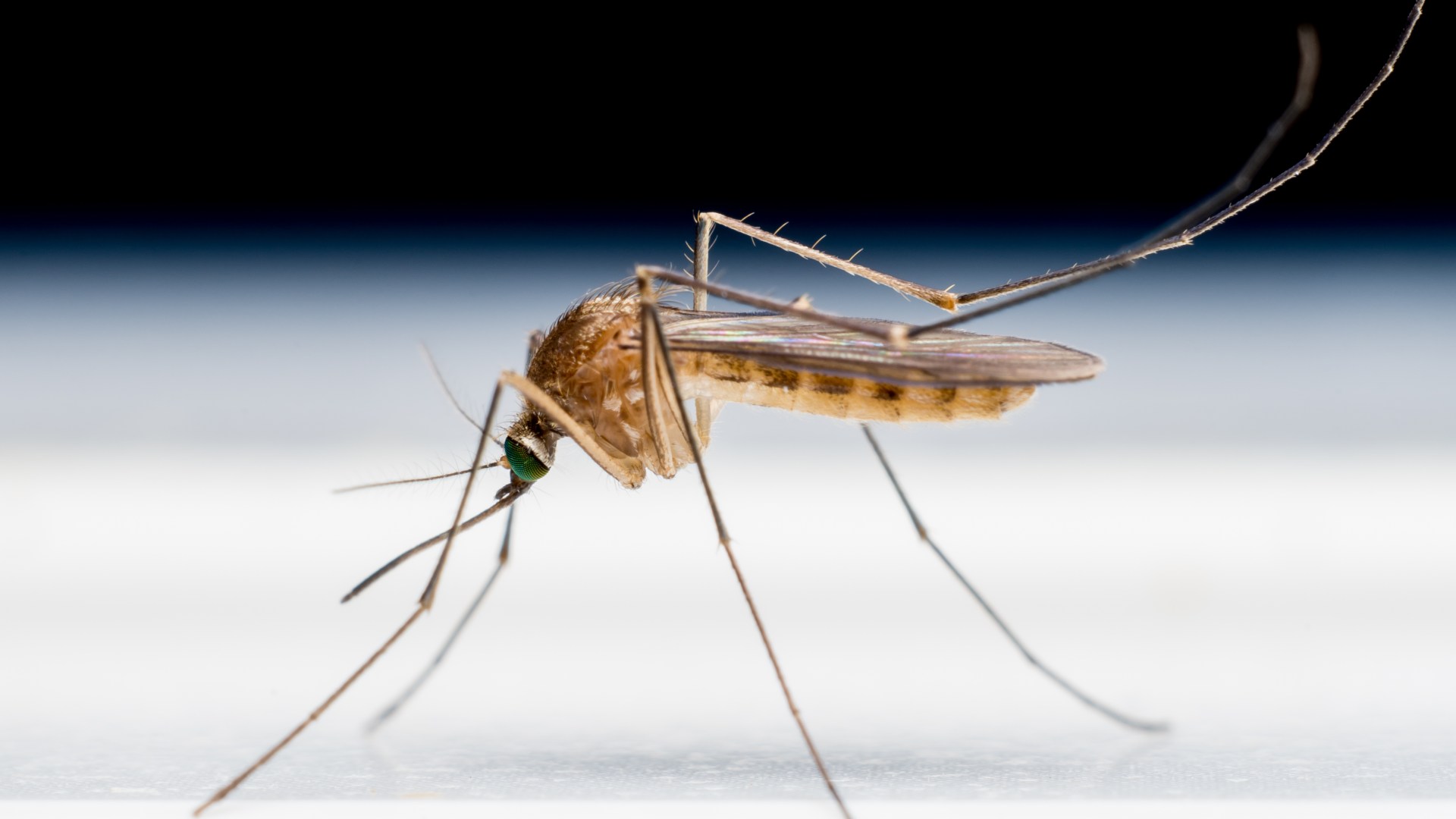AT least 38 people – most of them kids – have died since June 2024 in the worst outbreak of Chandipura virus India has seen in over two decades years.
The little-known disease, which has only ever made the jump from insects to humans in India, can start wreaking havoc in the body just six hours after the person has been infected.
1
The virus is part of the same family of diseases that cause Rabies, which causes inflammation and swelling in the brain, called encephalitis.
It is mainly passed to humans by sandflies, but mosquitos and ticks have also been known to carry it.
Initial symptoms can look a lot like the flu, but they can rapidly develop over just 24 hours to encephalitis, coma and death.
Children under the age of 15 are the most vulnerable to the nasty bug.
Existing evidence suggests up to 76 per cent of those who catch it will die.
But many infections could be symptomatic and go unnoticed, meaning the fatality rate could actually be much lower.
Unfortunately, there are no medicines to treat people infected with the Chandipura virus and there are no vaccines to prevent it.
Health authorities in India are now racing to contain the outbreak, with thousands being screened and homes being sprayed with insect repellent.
First identified in the mid-1960s in the village of Chandipura, the virus has caused sporadic outbreaks over the past 80 years.
The current outbreak has affected the western state of Gujarat, while cases have also been reported in the neighbouring states of Rajasthan and Madhya Pradesh.
It is not entirely clear why the virus is on the rise again.
But Manal Mohammed, a senior lecturer of Medical Microbiology, University of Westminster, said its emergence is “probably related to climate change and its spread is facilitated by warming temperatures”.
“Several diseases spread by bugs have spiked in recent years as a result of climate change,” she wrote in a piece for the Conversation.
This summer alone, India reported a high number of cases of mosquito-borne viruses, including Zika, dengue and Nipah.
Boy, 14, dies from brain-swelling virus in India dubbed a ‘priority pathogen with pandemic potential’

A 14-YEAR-OLD boy has died from a brain-swelling virus spread by bats that has been dubbed the ‘next pandemic threat’.
Sixty more people in Kerala, India, are classed as “high risk” after potentially coming into contact with the Nipah virus.
The schoolboy boy went into cardiac arrest in the southern Indian state after contracting the bug, which can cause a lethal, brain-swelling fever.
Nipah is a zoonotic virus, which means it can be transmitted from animals – typically bats and pigs – to humans via direct contact with bodily fluids like blood or saliva.
People can also pick the disease up by eating contaminated foods or through close contact with people who already have it, however, these are rarer forms of transmission.
Listed by the World Health Organisation (WHO) as a “priority pathogen” with pandemic potential, it can rapidly attack the respiratory and central nervous systems.




